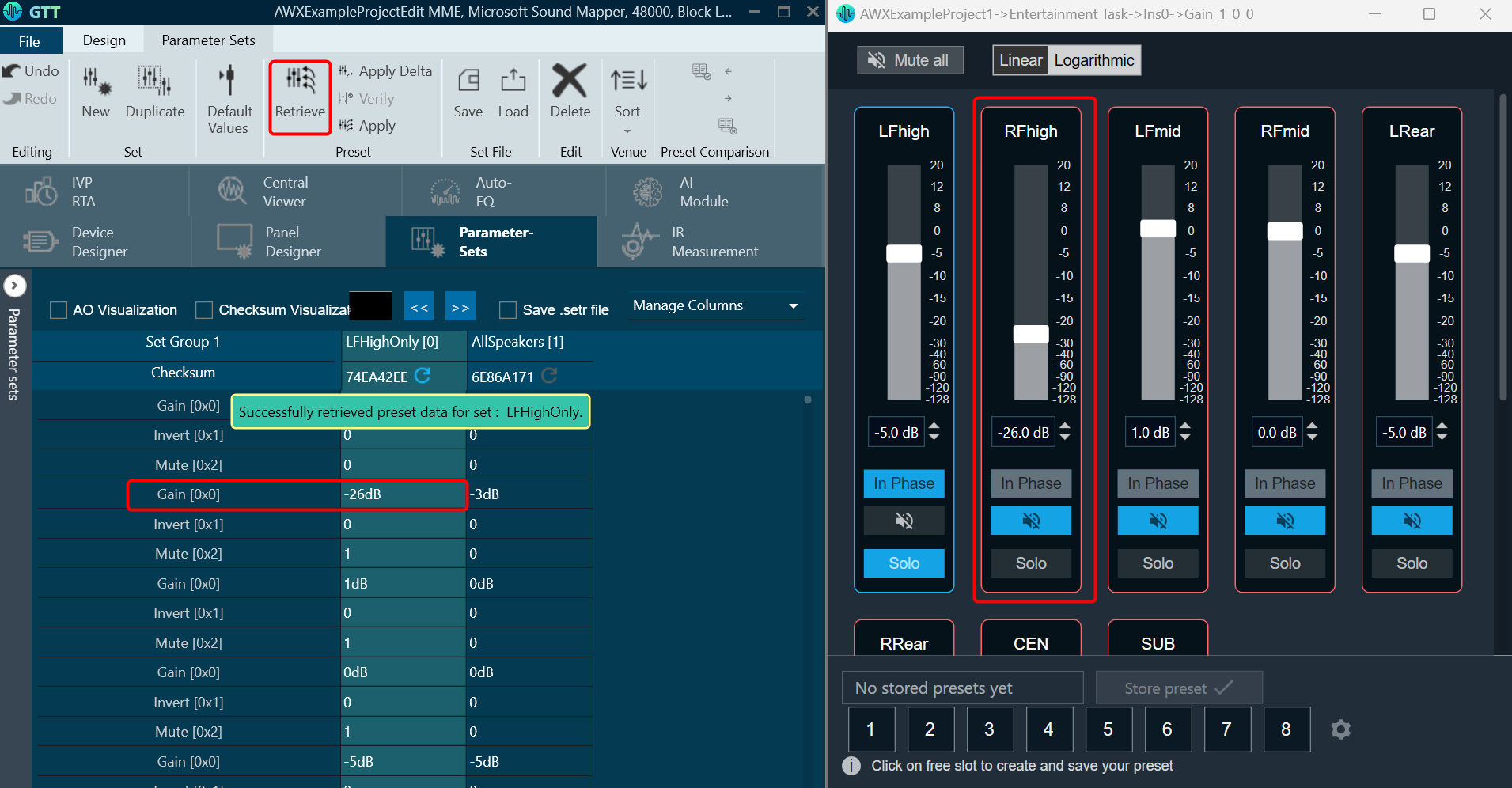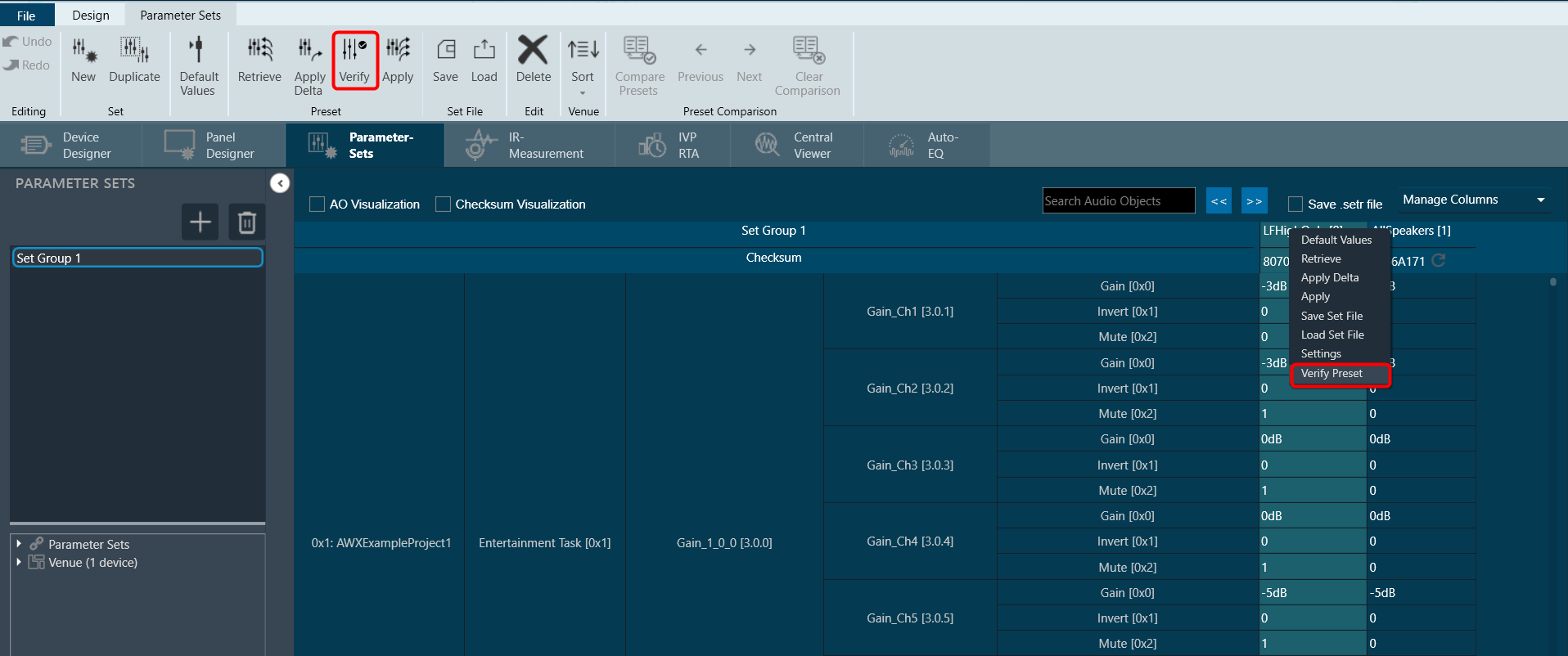
Global Tuning Tool
- About Global Tuning Tool
- Workspace Overview
-
Configurations
- Configure State Variable
- Configure Default Control-Ids
- Configure Preset Controller
- Link Window
- Configure Controller
- Launch MIPS Profiling
- Launch Memory Profiling
- Editing Memory Latency
- Configure Streaming and Polling
- Configure File controller
- Configure Control IDS
- Custom Device Usage
- Multi-xAF Library Support
- Configure External Endpoints
- Operations
- Designing Custom Panel
- Working with Parameter Set
Signal Flow Designer
- Overview Of Signal Flow Designer
- Components of Signal Flow Designer
- Operations in Signal Flow Designer
- Create a Signal Flow
- Tune a Signal Flow
- Native Panels
- Additional Audio Parameters
- Harman Audio Library Service
- Multiple Framework Instances Support
- Feedback loop in Signal Flow
- Compound Audio Object
Audio Object Description
- Audio Object Description Overview
- Interface Objects
- Basic Objects
- Control Objects
- Routing Objects
- Source Objects
- Mixer Objects
- Dynamic Object
- Filter Objects
Real Time Analyzer
- Real Time Analyzer Overview
- Real Time Analyzer Components
- Settings
- Integrated Virtual Process Options
- Probe Point Configuration
- Real Time Data View
- Graph Settings and Measurement
- Traces
- Analysing Audio Signal
Measurement Module 2.0
Central Viewer
Starter Kit Utility Tool
- Global Tuning Tool
- Retrieve and Verify Parameter
6.1.3.Retrieve and Verify Parameter
Retrieve Parameter Sets
The Retrieve function updates the parameter set values, with respect to changes made in the state variable.

Retrieve will change the values in the state variable and transfer the changes to the parameter set
- Open the native panel and move the slider to change the values.
- On the Parameter set group workspace and click Retrieve.
- Click Yes to confirm to complete the operation.
You will see the parameter set value will be updated with respect to the state variable, which are mapped in to the respective native panel.
Verify Parameter Sets
This functionality is designed to compare the presets loaded on a device with those available in the GTT in order to ensure their accuracy.

This feature is available only in online mode. i.e. only when the device is connected.
To verify preset values, select a preset and then click the ‘Verify’ button. A read command is sent to the device for each state variable within the preset. Once the value has been read, it will be compared with the corresponding value in the preset. If all values match, the verification process is considered successful.
However, if any values do not match, an error message will be displayed, and an error report will be generated.
Sample error report is as attached here Set 1[2].
Verify functionality is available at the Master Preset Controller level as well. You can verify all the presets under a slot in online mode.





